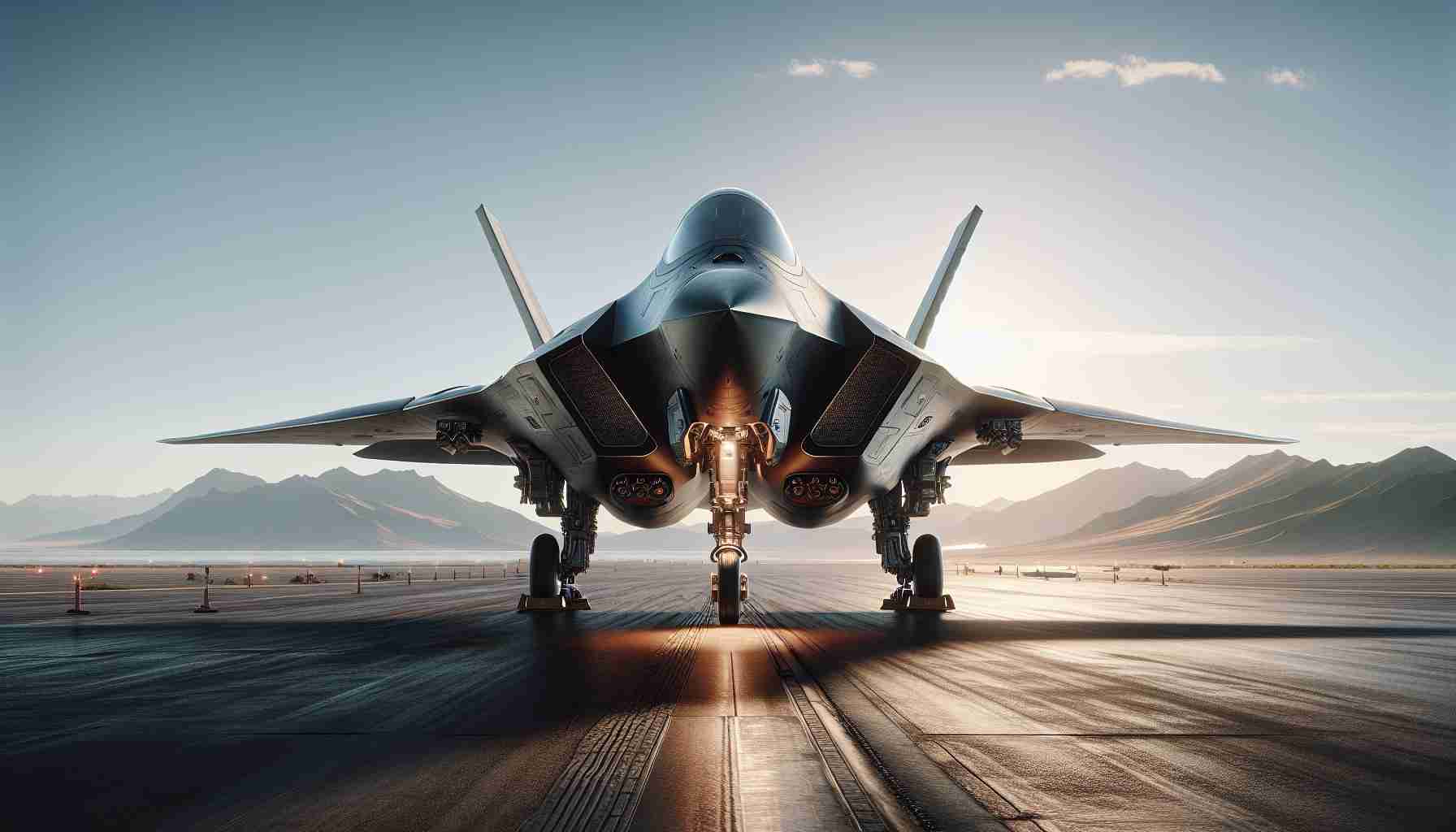The Air Force’s Vision for Air Dominance
The U.S. Air Force is ambitiously pursuing a new fighter jet under its Next-Generation Air Dominance (NGAD) program, yet the journey is fraught with hurdles. With each aircraft projected to cost around $300 million, the budgetary constraints are significant. The program aims to replace the aging F-22 and maintain air superiority against formidable adversaries, yet it has been stalled due to intricate design requirements and financial pressure.
Manned or Unmanned: The Path Forward
Air Force Secretary Frank Kendall has indicated a preference for a manned sixth-generation aircraft. This stance comes as other military leaders are considering reevaluating the entire direction of the program. They are grappling with foundational questions on how to secure air superiority in future conflict zones. This debate underscores the essential need to align military needs with technological advancements.
Collaborative Combat: A New Approach
A critical piece of the NGAD puzzle is the integration of Collaborative Combat Aircraft (CCA) drones, designed to operate alongside manned jets. The Air Force aims to invest $6 billion into these drones over the coming years, emphasizing their role in a comprehensive system of next-gen weapons and networking technologies. These autonomous drones, with advanced stealth capabilities, are vital for achieving dominance.
The Road Ahead
Innovations in artificial intelligence and cyber warfare form the backbone of NGAD’s tactical evolution. As the Air Force works to advance the NGAD and its technologies, the importance of timely engineering and manufacturing phases cannot be overstated. Failure to progress could risk cancellation, especially amidst potential political changes. The NGAD’s development is a crucial step in redefining aerial combat for the future.
The Future of American Air Supremacy: New Innovations in Air Dominance
NGAD’s Role in Shaping the Future of Aerial Combat
The U.S. Air Force’s Next-Generation Air Dominance (NGAD) program is more than just the introduction of a new fighter jet; it’s a strategic initiative poised to redefine air warfare. As the program aims to succeed the F-22 in a bid to maintain global air superiority, multiple factors, including state-of-the-art technology and evolving global threats, make it a critical project for America’s military future.
Features and Specifications: Pushing the Boundaries
The NGAD initiative promises a blend of cutting-edge features aimed at establishing unprecedented air dominance. Incorporating advanced stealth technology, integrated intelligence systems, and novel propulsion methods are among the anticipated specifications. However, each fighter jet’s projected cost of around $300 million represents a significant financial commitment, underscoring the importance of precise technological advancements to justify the expenditure.
The Unfolding Debate: Manned vs. Unmanned Aircraft
Air Force Secretary Frank Kendall favors a manned sixth-generation aircraft despite significant deliberations within the military community about relying more heavily on unmanned systems. This ongoing debate reflects broader strategic uncertainties about the best approach to secure air superiority in evolving conflict scenarios. While a manned aircraft ensures experienced human judgment in split-second decisions, unmanned technologies offer tactical flexibility and reduced risk to human life.
The Innovative Integration of Collaborative Combat Aircraft
A transformative element in the NGAD initiative is its commitment to deploying Collaborative Combat Aircraft (CCA) drones. With plans for a $6 billion investment in these drones, CCAs are envisioned to revolutionize aerial combat by providing support to manned jets, featuring advanced stealth capabilities and artificial intelligence-driven autonomy. These drones form part of a comprehensive next-gen weaponry and networking technology system, redefining collaborative combat strategies.
How Innovation Drives Success in NGAD Program
Advancements in artificial intelligence and cyber warfare are pivotal in establishing NGAD’s tactical superiority. The successful integration and implementation of these technologies are critical to avoiding potential program cancellations, especially given the political and fiscal challenges on the horizon. As the Air Force navigates these dynamics, the emphasis remains on timely and effective engineering and manufacturing processes to bring these futuristic concepts to reality.
Sustainability and Long-Term Predictions
The NGAD program’s long-term success hinges on balancing innovation with sustainability, not just in environmental terms but also in technological relevance and financial viability. Industry experts predict that NGAD will set new standards in aerial combat, influencing global military strategies and air force capabilities worldwide over the coming decades.
For more information, visit the official U.S. Air Force website.







